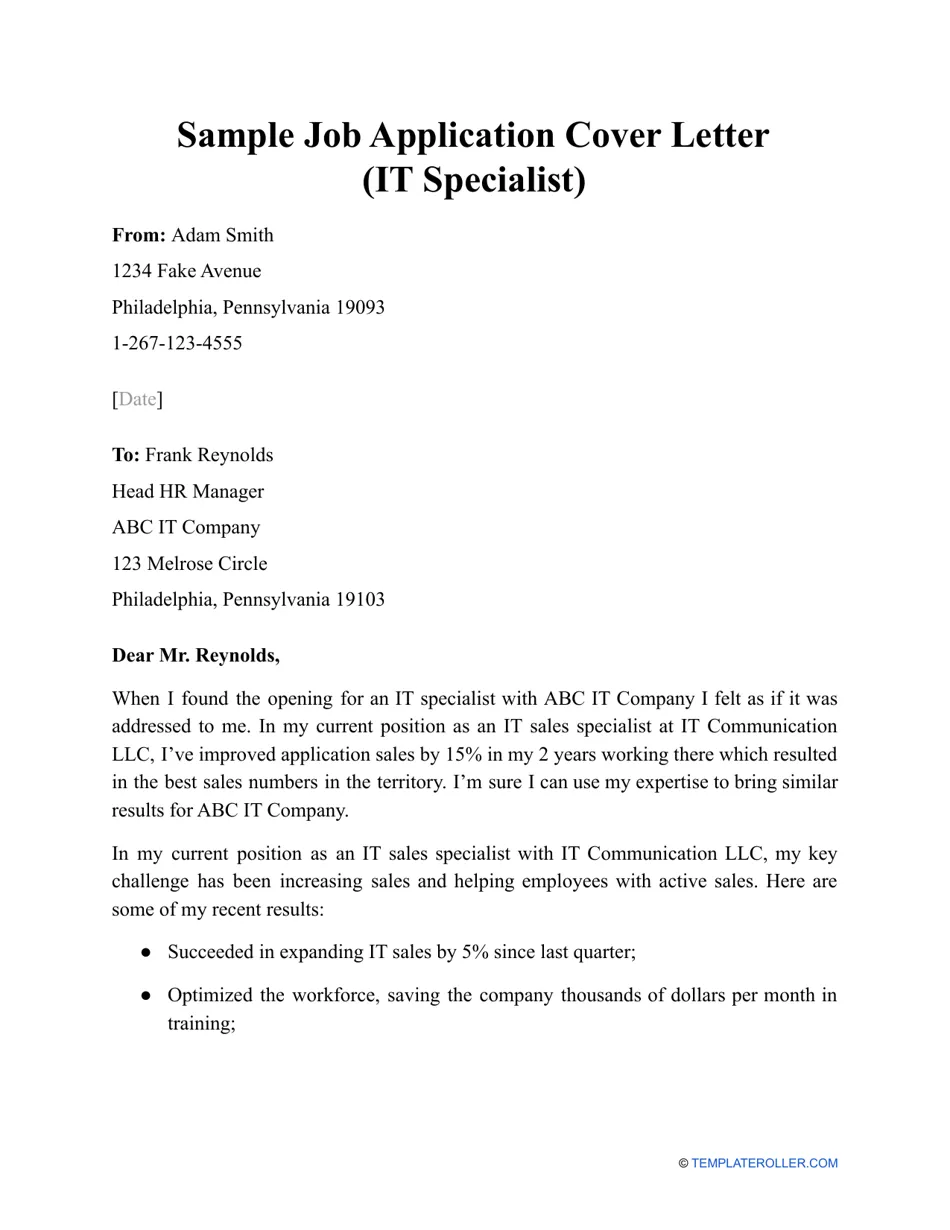What is a Cover Letter (and Why You Need One)
A cover letter is your first introduction to a potential employer and it serves as a crucial accompaniment to your resume. Think of it as your personal sales pitch, a chance to highlight why you are the perfect fit for the job and to show your personality and enthusiasm. While your resume lists your qualifications and experience, your cover letter gives you space to elaborate on these points, explain your motivations, and demonstrate your understanding of the company and the role. In today’s competitive job market, a well-crafted cover letter can be the difference between landing an interview and being overlooked, making it an indispensable part of any job application.
Key Components of a Winning Cover Letter
A winning cover letter comprises several essential components, each designed to showcase your suitability for the job. These elements work together to create a cohesive narrative that captures the hiring manager’s attention and leaves a lasting positive impression. Each part plays a crucial role in demonstrating your interest, skills, and understanding of the position. By mastering these core components, you can significantly increase your chances of getting noticed and securing an interview. This includes your header and contact information, the opening, body paragraphs and closing.
Header and Contact Information
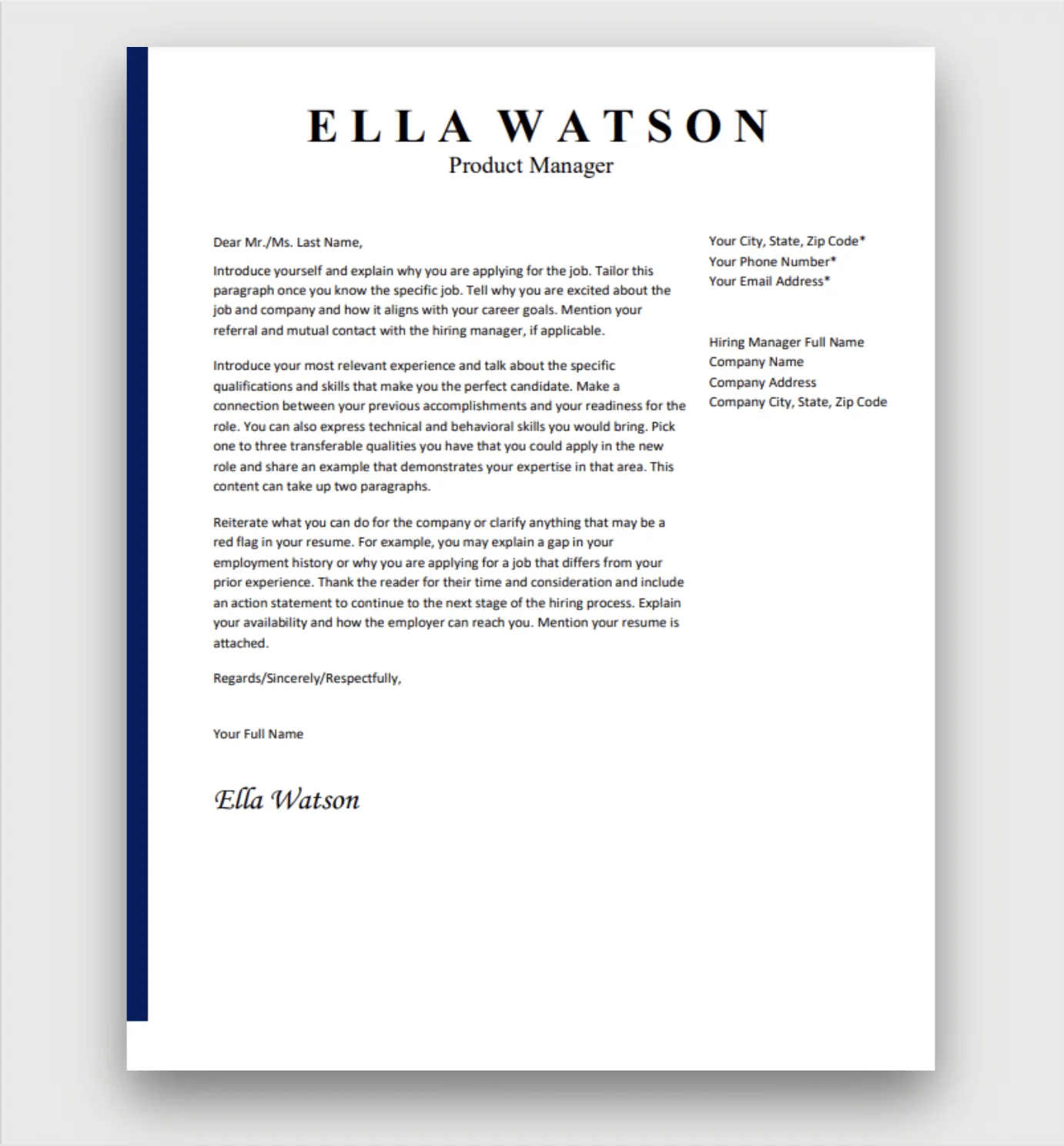
Your header should include your full name, address, phone number, and email address. Ensure this information is accurate and professional. Below your contact details, add the date and the hiring manager’s name and title, if available. If the hiring manager’s name is unknown, use a general salutation like “Dear Hiring Manager.” Correct formatting here displays your attention to detail. Review your header and contact information to avoid any mistakes, ensuring that all data is accurate and current. Keep it consistent with your resume.
The Importance of a Strong Opening
The opening of your cover letter is your first and best chance to grab the reader’s attention. It should immediately state the position you’re applying for and highlight how your skills and experience align with the job requirements. Instead of a generic greeting, try to include a specific reason for your interest in the role or the company. Your introduction should demonstrate your knowledge of the role and the company. For instance, mentioning a specific project you admire or a company achievement shows that you have done your research and are genuinely interested in joining their team.
Crafting a Compelling Body Paragraph
The body paragraphs are where you elaborate on your skills and experience, providing concrete examples of your achievements. Each paragraph should focus on a specific skill or accomplishment that is relevant to the job description. Use the STAR method (Situation, Task, Action, Result) to structure your examples, detailing the situation you faced, the task you undertook, the actions you took, and the positive results you achieved. This provides the hiring manager with clear evidence of your capabilities. Quantify your achievements whenever possible, using numbers to demonstrate the impact of your work, for example, mentioning how you increased sales by a certain percentage or streamlined a process.
Highlighting Relevant Skills and Experience
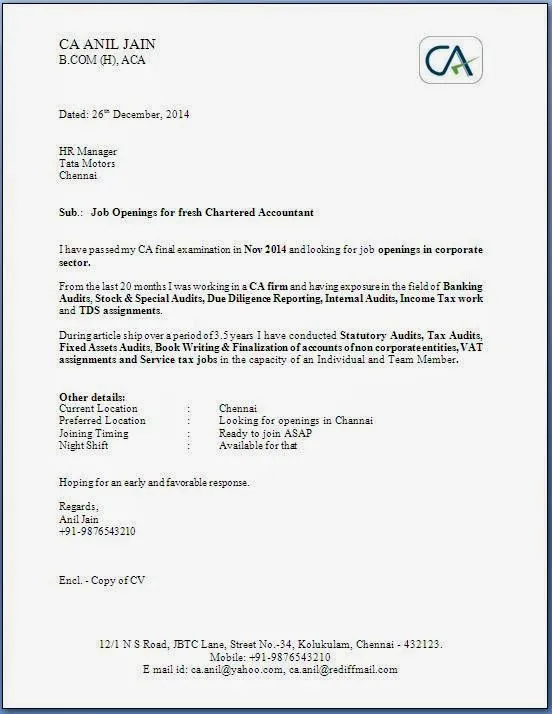
Carefully review the job description and identify the key skills and experiences the employer is seeking. In your cover letter, explicitly state how your qualifications match their needs. Provide detailed examples of situations where you successfully used these skills. For each skill, offer a concrete example of how you applied it in a previous role and the positive outcomes you achieved. This section should be concise and easy to read, but it must provide substantive evidence of your skills. The more you align with the job description, the higher the chances of the recruiters taking a liking to your application.
Quantifying Achievements with Numbers
Quantifying your achievements is a powerful way to demonstrate the impact of your work. Instead of stating that you “improved customer satisfaction,” specify by how much. For instance, “Increased customer satisfaction scores by 15% within six months.” Use data and metrics to illustrate your successes whenever possible. This approach makes your accomplishments more tangible and persuasive. Providing numbers gives concrete proof of your abilities, differentiating you from other applicants. Recruiters can easily relate to your achievements, and it allows them to see how you can contribute to their organization.
Tailoring Your Cover Letter to the Job
One of the most common mistakes job seekers make is sending generic cover letters. Each cover letter should be tailored to the specific job and company you’re applying for. Read the job description carefully and highlight the skills and experiences that match the requirements. Modify your cover letter to demonstrate your understanding of the company’s mission, values, and current projects. Show that you have researched the company and are genuinely interested in the role. Personalization will increase your chances of getting noticed by the recruiters.
Researching the Company and Role
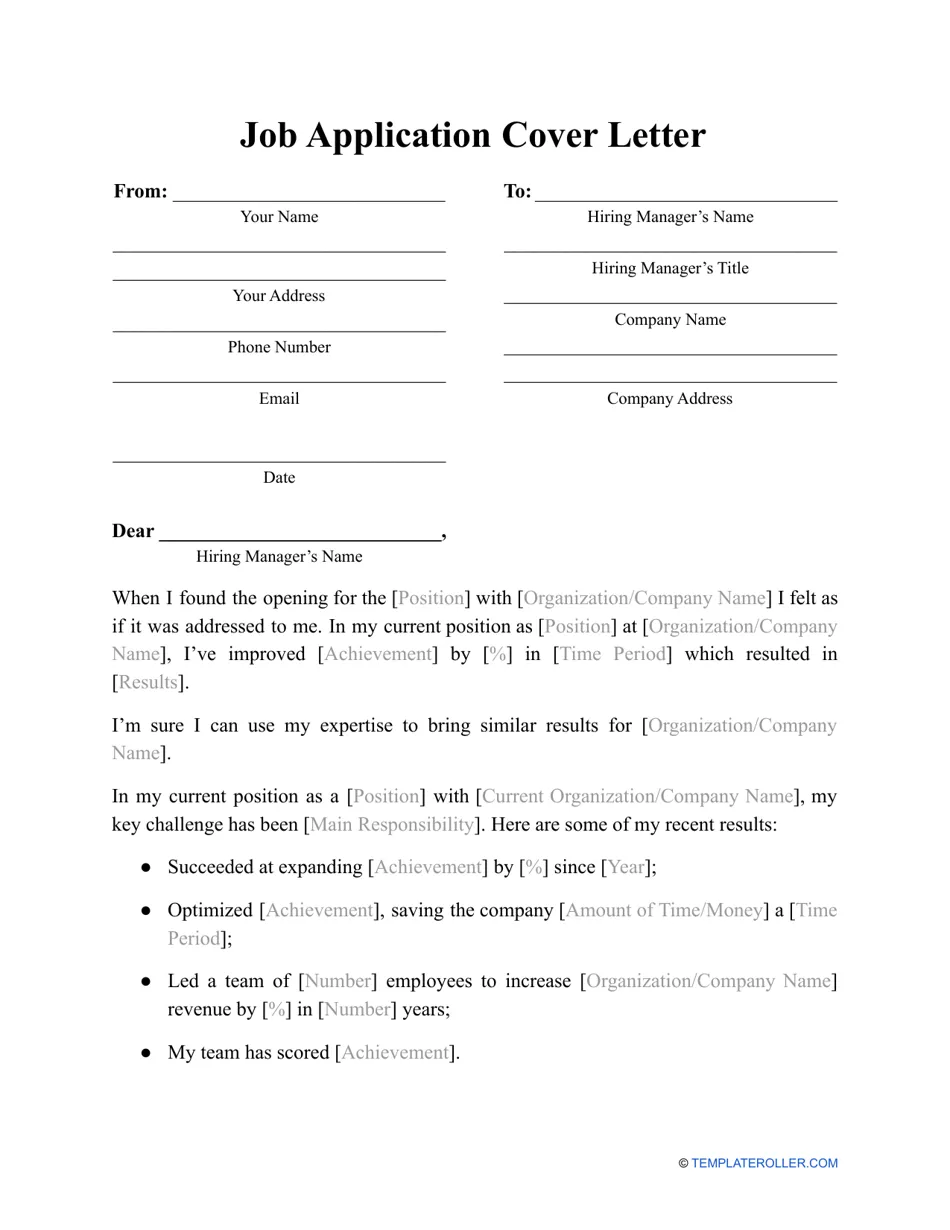
Before writing your cover letter, thoroughly research the company and the specific role. Visit the company’s website, read their mission statement, and browse their social media pages to understand their culture and values. Tailor your cover letter to demonstrate your understanding of the company’s goals and how your skills align with their needs. Show that you have done your homework by mentioning specific projects or initiatives the company is involved in. This level of detail demonstrates your genuine interest and sets you apart from generic applicants.
Using Keywords Strategically
Many companies use Applicant Tracking Systems (ATS) to screen cover letters and resumes. To ensure your cover letter is seen by a human, incorporate keywords from the job description throughout your text. Carefully review the job description and identify the most important keywords and phrases. Naturally integrate these keywords into your cover letter while maintaining a professional tone. Do not stuff keywords; instead, use them to highlight your skills and experiences that are relevant to the job. Using keywords strategically helps you to get past the initial screening and increases the visibility of your application.
Demonstrating Your Enthusiasm and Fit
Your cover letter is an opportunity to convey your enthusiasm for the role and the company. Express genuine interest in the position and explain why you are excited about the opportunity. Highlight how your values align with the company’s culture and mission. Show your passion for the work and your commitment to making a contribution. Be authentic and let your personality shine through. Your enthusiasm can make you stand out from other candidates and make the recruiters choose your application.
Creating a Powerful Closing Statement
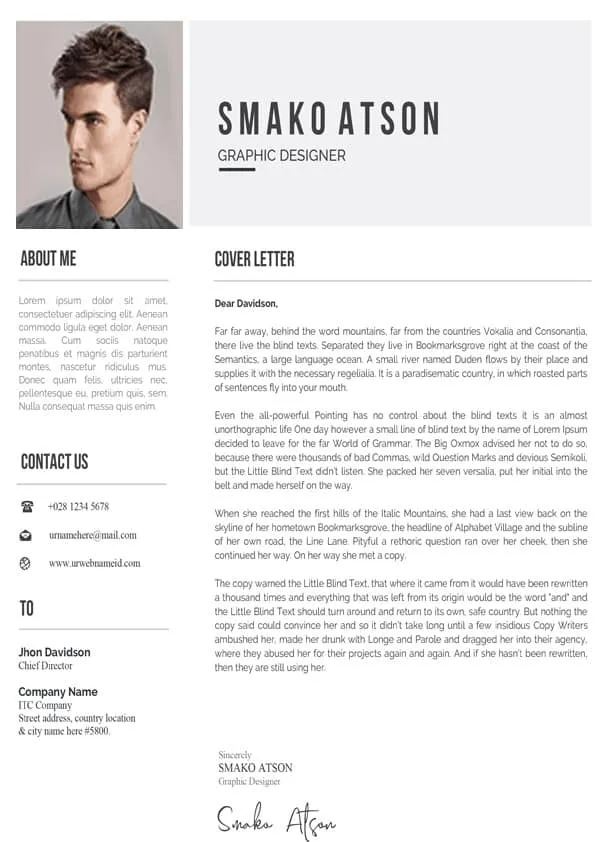
Your closing statement should reiterate your interest in the position and summarize your key qualifications. Thank the hiring manager for their time and consideration, and express your eagerness to discuss your application further. Reiterate your value and what you can bring to the company, linking your skills and experience back to the job requirements. End on a positive note, leaving a memorable impression. Be confident and enthusiastic. Avoid generic phrases like “Thank you for your time” and instead focus on your enthusiasm and confidence.
Call to Action Requesting an Interview
The closing should include a clear call to action. Specifically, request an interview to discuss your qualifications further. Make it easy for the hiring manager to take the next step. Provide your contact information, and indicate your availability. Ensure that your email and phone number are easily accessible. A direct call to action demonstrates your proactiveness and makes it easier for the hiring manager to respond. It shows your eagerness for the opportunity and makes the process simple for the recruiters.
Proofreading and Editing for Perfection
Proofreading and editing are essential steps to ensure your cover letter is free of errors. Review your letter multiple times to catch any typos, grammatical errors, or formatting inconsistencies. Use grammar and spell-checking tools, but don’t rely solely on them. Ask a friend or family member to review your letter, as a second pair of eyes can often catch mistakes you miss. Pay attention to sentence structure, word choice, and overall clarity. A polished cover letter demonstrates your attention to detail and professionalism, increasing your credibility with the hiring manager.
Common Cover Letter Mistakes to Avoid
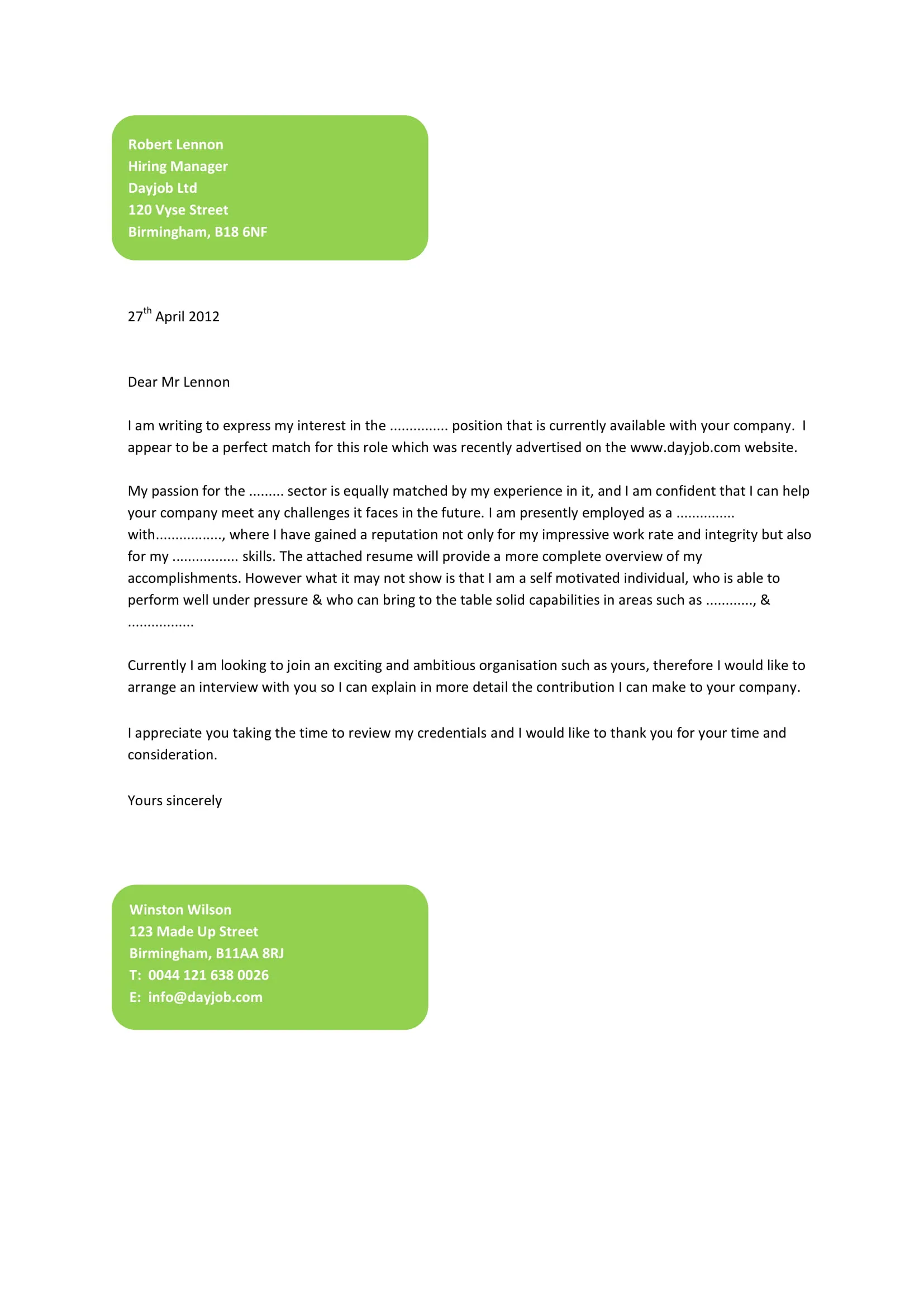
Avoid these common cover letter mistakes. Failing to address them will damage your chances. Avoid generic and vague statements. Each cover letter should be tailored to a specific role. Ensure each application is unique and is suited to the role you are applying for. Errors can ruin your application. Avoid these mistakes to make your cover letter successful.
Generic and Vague Statements
Avoid using generic, unspecific statements that could apply to any job. Instead, offer specifics about your skills and experience. These statements make your application seem less impressive and uninteresting to the hiring managers. The hiring managers can quickly see if your application fits the role. Focus on tailoring your letter to the job description.
Typos and Grammatical Errors
Typos and grammatical errors can damage your credibility and make you appear unprofessional. Carefully proofread your cover letter multiple times. Use spell-check and grammar-check tools, but also ask a friend or family member to review your letter. Attention to detail is a crucial skill in any role.
Failing to Tailor Your Letter
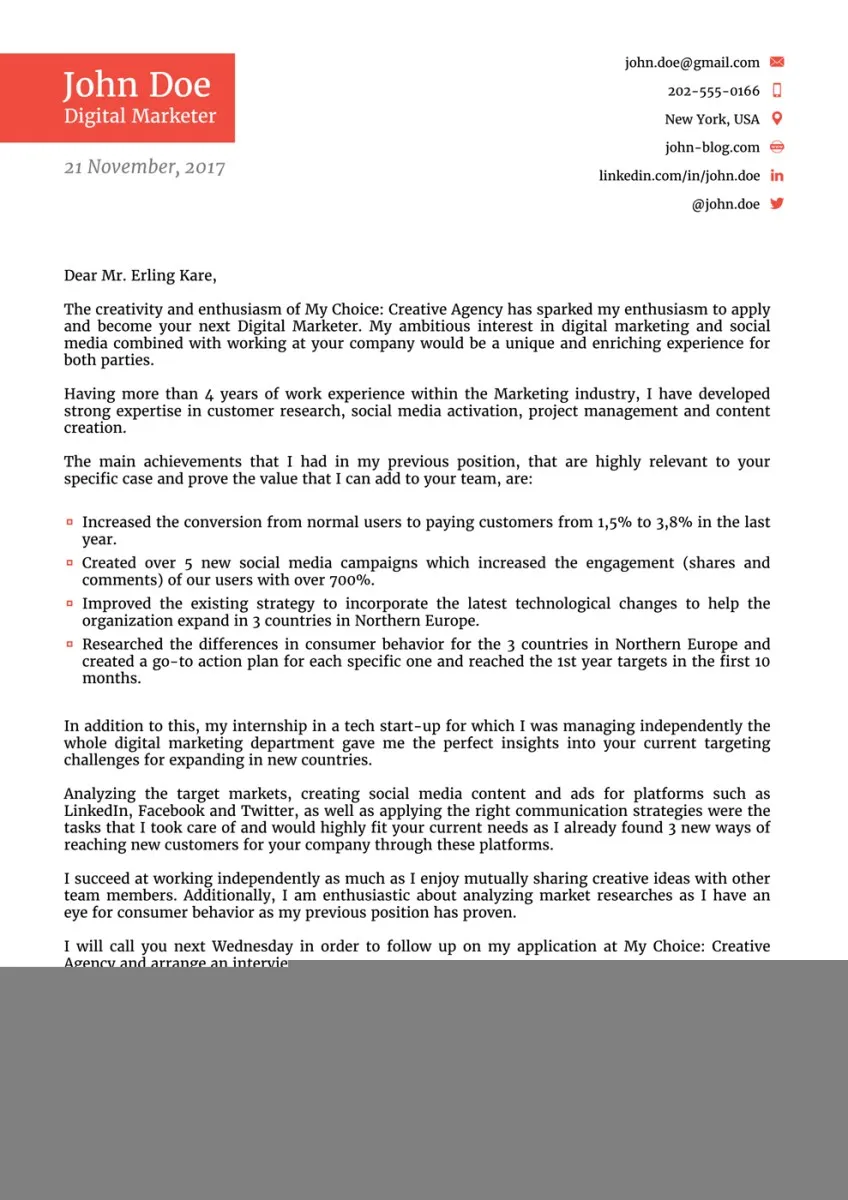
Sending a generic cover letter to multiple jobs shows a lack of interest. Make sure you tailor your cover letter to each job description. This will showcase your interest and commitment. Tailor your letter to the specific role and research the company. Focus on the details and add any information that will make you seem like the best candidate.
Lack of Enthusiasm
A cover letter should express your enthusiasm for the job and the company. Be sure to showcase your passion and excitement for the role. Avoid a formal tone and show your personality. Express your excitement about the opportunity. Hiring managers can easily identify your enthusiasm and assess if you will be a good fit.
Cover Letter Samples and Templates
Use cover letter samples and templates as a starting point, but customize them to fit your needs. There are various free and paid templates available online. You can adjust them to suit your needs. This will save time and give you a head start. Make sure you personalize the samples and templates with your information.
Cover Letter Example for a Marketing Role
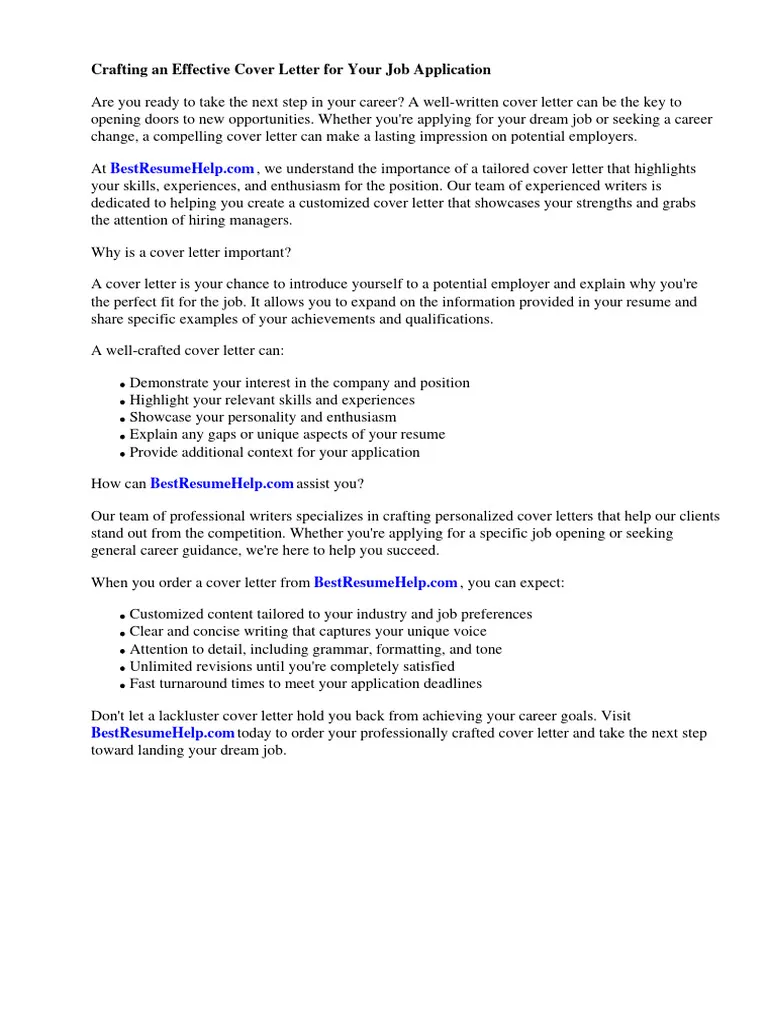
If you are applying for a marketing role, highlight your experience in brand strategy, content creation, and digital marketing. Focus on your ability to create campaigns that drive results. You should include specific numbers that show your achievements.
Cover Letter Example for an Engineering Position
For an engineering position, highlight your technical skills and your experience with specific tools and technologies. Showcase your problem-solving abilities and detail any projects that showcase your achievements. Focus on how you can solve problems.
Cover Letter Example for an Entry-Level Position
If you are applying for an entry-level role, focus on your academic achievements, relevant internships, and transferable skills. Show that you are eager to learn and contribute to the company. Highlight any soft skills and projects that will make you stand out.
Final Tips for Cover Letter Success
Review your cover letter thoroughly before submitting your application. Make sure you customize your letter to the job. Proofread to catch typos, grammar errors and inconsistencies. Follow these steps to increase your chances of landing your dream job.
